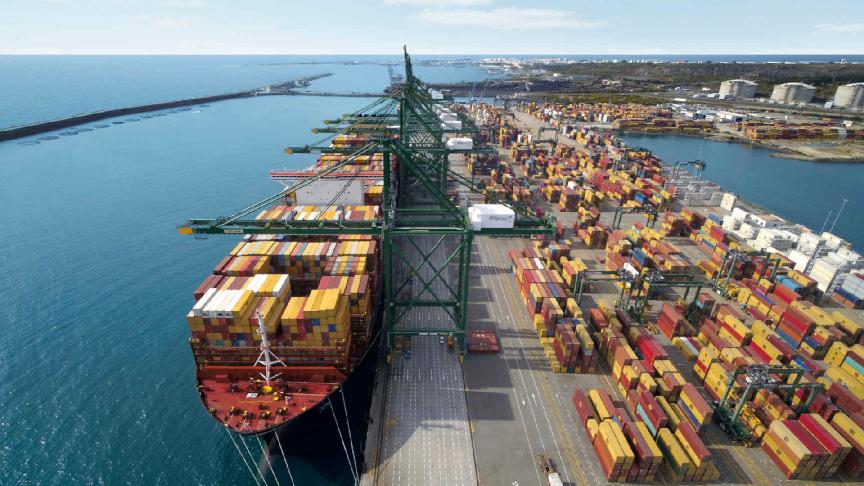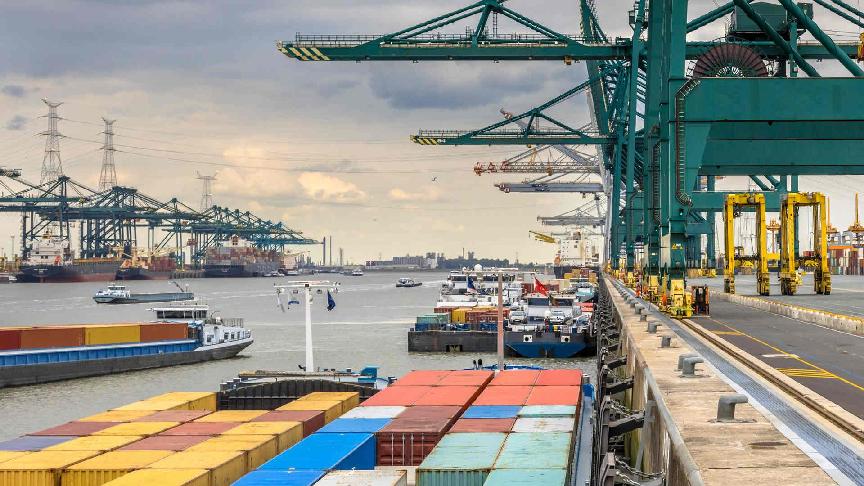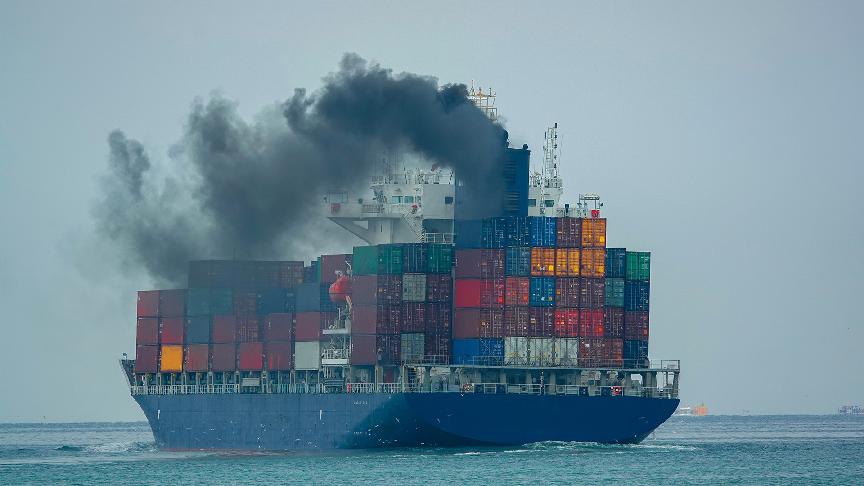15 March 2024 (Lloyd's List) - THE Panama Canal Authority (ACP) is anticipating that transit levels through the Central American waterway will return to ‘normal’ by September, as rains return to the region.
Speaking in Stamford, Connecticut, at this year’s CMA Shipping conference Panama Canal Authority deputy administrator Ilya Espino De Marotta said that the hope is when the rainy season starts in late April to early May the process of gradually increasing transits will begin.
“We won't go back to the 36-38 [transits], but we definitely are hoping to go at least 34 by the end of May,” she said.
De Marotta told Lloyd’s List on the conference sidelines that if the rains help rise water levels in Gatun Lake sufficiently, then the expectation is for slot capacity to “return to normal by September”.
Last year, the El Niño weather phenomenon led to the third driest year in the history of the Panama Canal, which also included its driest ever October.
As a result, the ACP made the unprecedented decision to limit the number of daily transits last summer to as few as 18, and a maximum draught of 44 ft at the neopanamax locks due to low water levels in the Canal’s reservoirs, which are vital to ensure water continues to flow though its locks.
Typically, the ACP would not introduce vessel restrictions until January through May, coinciding with the dry season.
“We rely on rainfall… we're not a sea-level canal like Suez. So, we actually bring ships 26 metres above sea level across the mountains,” explained De Marotta.
Earlier this week, the ACP confirmed that although its neopanamax locks will remain restricted to seven daily passages while its panamax locks crossing will rise from 17 to 20, increasing total daily limits from 24 to 27.
The restrictions have led to extended delays for cargoes, particularly in the LNG, LPG and dry bulk sectors, and heightened competition among shippers to reserve transit slots through the canal’s auction system. In February, the average price to secure transit through the Panama Canal’s neopanamax locks more than doubled.
The situation has been compounded by some trades, including very large gas carriers on serving US-Asia markets – which had previously looked to avoid congestion and delays by travelling through the Suez, rerouting back through Panama to avoid the increasingly dangerous Red Sea route.
Despite significantly lower tonnage volume over the past year, the ACP is still expecting its revenues for the 2023/2024 fiscal year to be similar to the previous 12-month period, according to De Marotta.
“We were forecasting about $200m below the year before, but with the auctions this year, even though we forecasted 30 transits versus 24, we will probably make budget [breakeven on revenues] because of the auctions.”
Canal contingency plans
The ACP is looking to ensure that the restrictions in place since last summer and subsequent delays in the event of the next El Niño will not be repeated.
De Marotta revealed that the canal authority has several small projects currently underway to ensure reservoir levels are stabilised for the coming year.
However, in the medium term it is proposing an additional lake by constructing a new dam to channel water through the canal so water levels can be maintained.
In addition, the new lake will allow the locks to add between 11 and 15 passings each day, elevating daily transits to a maximum of around 50.
The sticking point for the project is reliant on government approval.
De Marotta said the existing Panamanian government has already informed the ACP that it will reject any such proposals.
In May, however, Panama is holding a general election. The hope for the ACP is that the new administration will ratify the project.
“We have spoken to all of the potential presidential candidates, and they all agree that it needs to be done.”
A further complication is that the new reservoir will require the resettlement of around 2,000 people, in addition to the environmental impact.
De Marotta said the ACP has already started conversations with impacted residents.
“Obviously they're not thrilled about it, but they're not rejecting it. They are listening. But we will do a resettlement project in line with all the international standards and do a joint resettlement program with them,” she said.
“So, we started talking to them and hopefully things will progress.”
The ACP already has preliminary plans and designs for the ambitious project, and if it can gain approval estimates are for completion within four to six years once construction begins.







